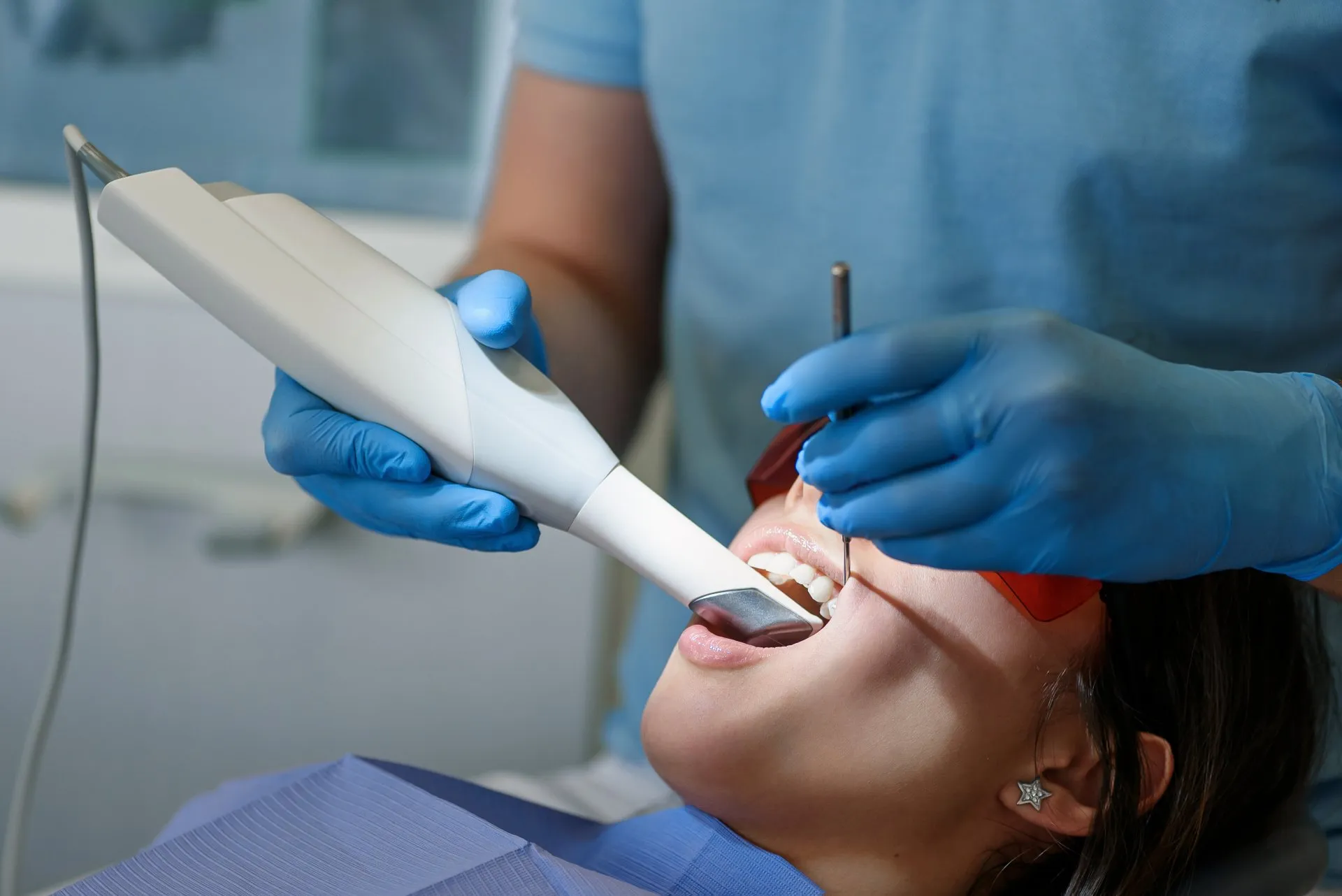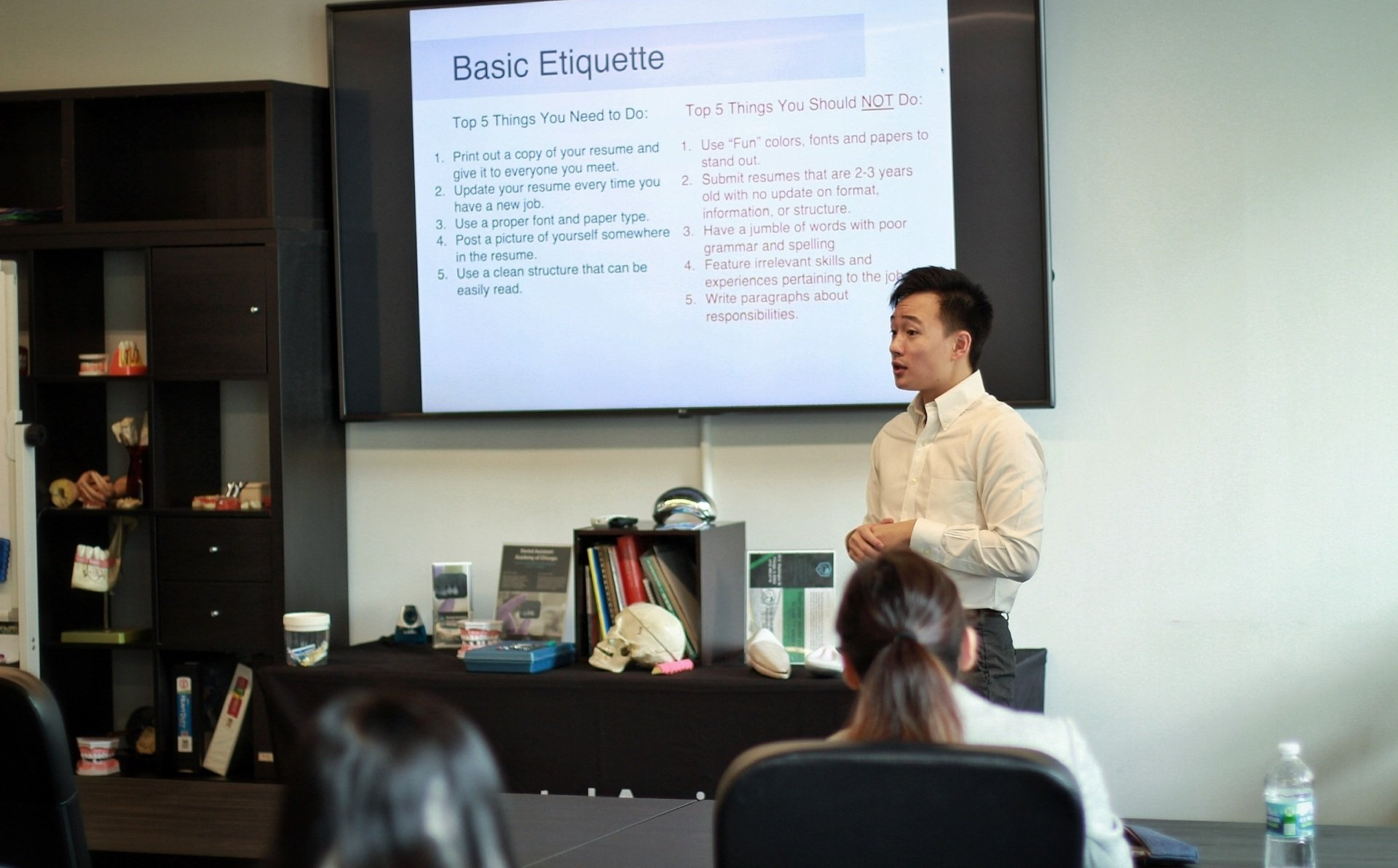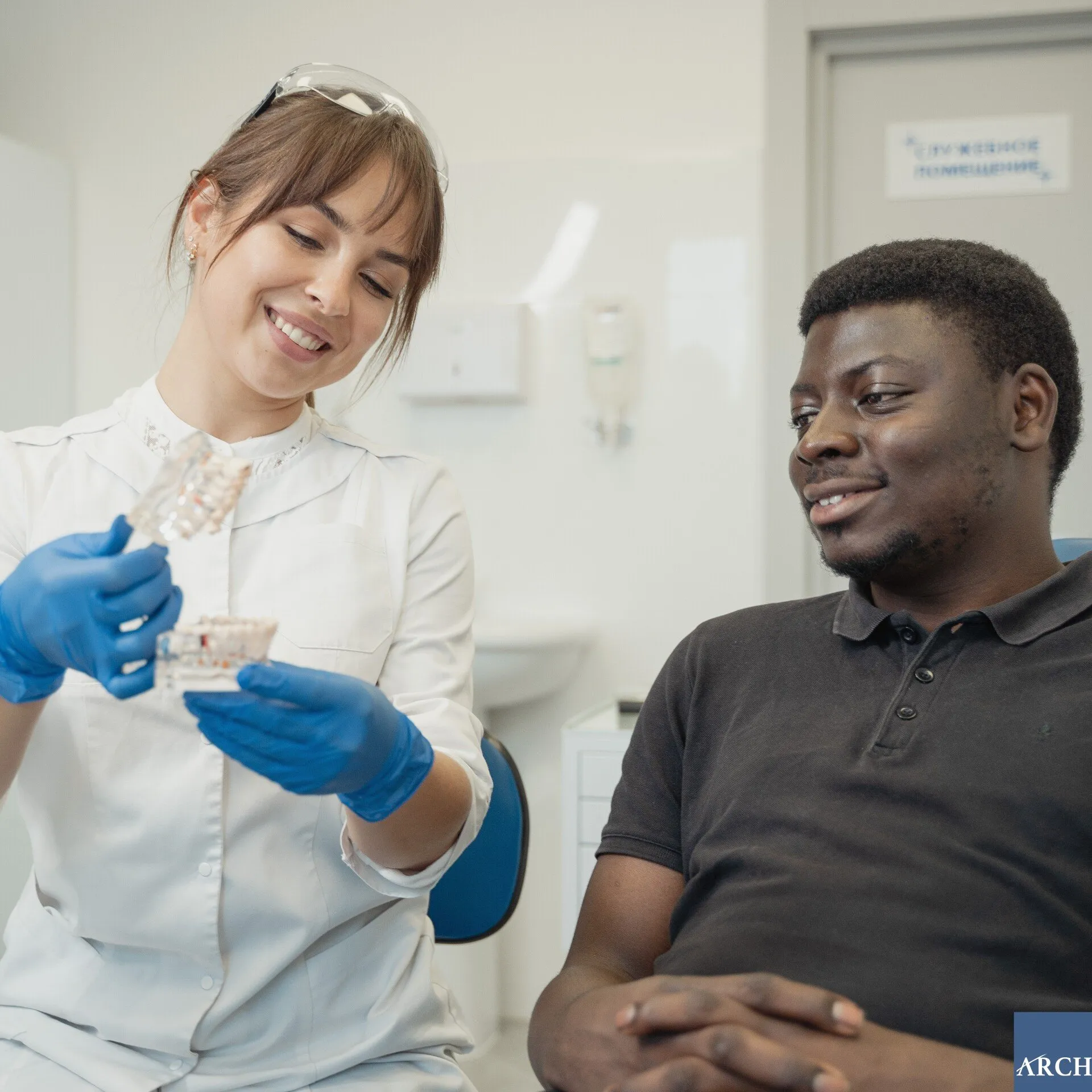
There are a lot of jobs in medicine that most people never come into contact with. However, almost everyone has seen a dental assistant at some point in their life. Almost every dental office needs them in order to succeed. This explains why there is a large demand for them, especially now that many practices are beginning to reopen after the pandemic.
Education:
Unlike other medical professions, dental assistants do not require attending a higher education institution. The majority of programs last anywhere from a few weeks to a couple of months. During these programs you will learn the different softwares that offices use such as Eaglesoft and Dentrix. Additionally, some schools will have their own equipment and dummies to work on so that you will be able to smoothly transition into an office setting. What makes transitions even easier is that many programs require some amount of clinical hours in order to graduate. This not only allows you to be better prepared but also means that you get your foot in the door with a dental practice even before becoming certified. However, you don’t actually have to become certified or have previous experience. That being said, most dental offices highly prefer someone with proven chairside skills.

Accreditation:
There are a multitude of titles out there, but the two most common are registered dental assistants (RDAs) and certified dental assistants (CDAs). The main difference between them is that becoming a certified dental assistant allows you to practice nationwide while RDAs can only practice where they have completed the state-specific requirements. In fact, some states do not even recognize RDAs at all and therefore must obtain a certification in order to work. If you are interested in beginning a program, make sure you also know the difference between being a certified dental assistant and having a certification in dental assisting. While sounding basically identical to each other, they are not the same thing. Any program can give out a certificate for completing it, even if it is just a week long. To become certified you must take the Dental Assisting National Board’s (DANB). Most accredited programs offer this at the end of the education, however not all schools are accredited so do your research before enrolling in one. If the school is not accredited or you were just trained while at a practice it is still possible to become certified once you complete two years of work.
Responsibilities:
As a dental assistant, you will have some interaction with the patients, however not as much as a hygienist. Assistants often prep rooms, sanitize equipment, room patients, and of course, assist the dentist when needed. There are both regular dental assistants as well as expanded function dental assistants. Expanded function assistants can do everything a normal assistant can as well as place sealants and certain types of fillings. As you might expect, you must first become a certified dental assistant before moving on to an expanded function assistant. Additionally, you must work for two years as an assistant before becoming licensed as an expanded function DA. Another thing to be aware of is the existence of both 4 handed and 6 handed dentistry. This, however, should not affect how you go about becoming a dental assistant. There are few differences between them.

Earning Potential:
Like hygienists, dental assistants are extremely important and in demand which is great news. Even better, the average salary for an assistant is $18/hr but may vary depending on location. Considering that education does not take years to complete nor will you come out thousands of dollars in debt, it is a great option for people who are looking for an alternative to the standard 4 years of college. Combine that with a competitive salary and a growing field, becoming a dental assistant is a great choice for a lot of people. If you do the math, you can make back the tuition cost of many assisting programs in just a few weeks to months. If you are in the Chicago area, make sure to check out the Dental Assistant Academy of Chicago. Not only are their facilities top notch, but they also have an extremely high placement rate.















